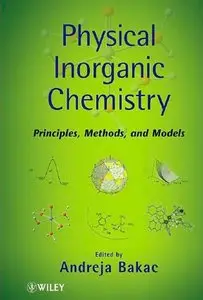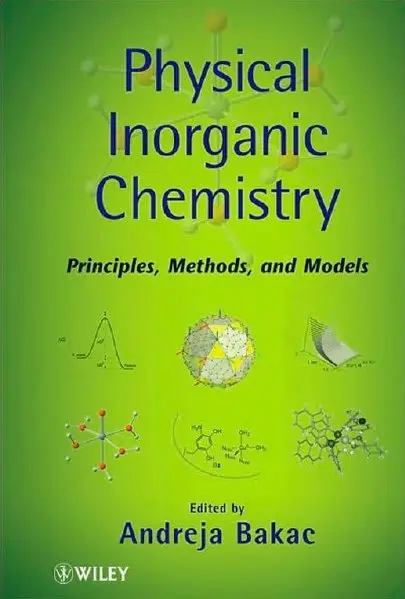Physical Inorganic Chemistry: Principles, Methods, and Models
by Andreja Bakac
English | 2010 | ISBN: 0470224193 | 536 pages | PDF | 5.74 MB
by Andreja Bakac
English | 2010 | ISBN: 0470224193 | 536 pages | PDF | 5.74 MB
Physical Inorganic Chemistry contains the fundamentals of physical inorganic chemistry, including information on reaction types, and treatments of reaction mechanisms. Additionally, the text explores complex reactions and processes in terms of energy, environment, and health. This valuable resource closely examines mechanisms, an under-discussed topic. Divided into two sections, researchers, professors, and students will find the wide range of topics, including the most cutting edge topics in chemistry, like the future of solar energy, catalysis, environmental issues, climate changes atmosphere, and human health, essential to understanding chemistry.
From the Back Cover
Enables you to master the methods and techniques of today's physical inorganic chemistry
Physical Inorganic Chemistry explores the most recent advances in this dynamic area of chemistry, with an emphasis on methods and techniques. Readers gain new insights into chemical reactions and mechanisms at the molecular level, and an understanding of the critical roles of metals in catalysis, biology, and medicine.
Each of the ten chapters, contributed by one or more leading experts, is dedicated to a particular method or technique and includes detailed examples where the method or technique facilitated important scientific breakthroughs. The book offers leading-edge reviews of:
- Inorganic and bioinorganic spectroscopy
- Magnetochemical methods and models in inorganic chemistry
- Absolute chiral structures of inorganic compound
- Chemical kinetics as a mechanistic tool
- Application of high pressure in the elucidation of inorganic andbioinorganic reaction mechanisms
- Heavy atom isotope effects as probes of small molecule activation
- Computational studies of reactivity in transition metal chemistry
Many of the chapters describe new fundamental discoveries and techniques that have great potential to advance research and solve problems in such areas as solar energy, hydrogen energy, biorenewables, catalysis, environmental and atmospheric sciences, and human health.
With contributions from leading scientists, this book is a great source of facts and ideas for students and researchers in inorganic, physical, bioinorganic, transition metal, materials, and organometallic chemistry.
Please No mirrors.



